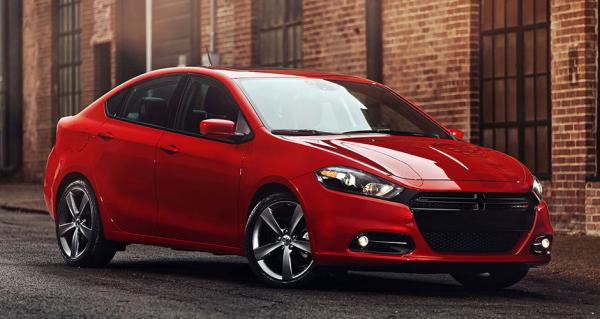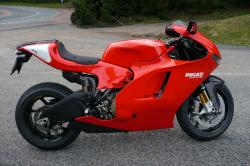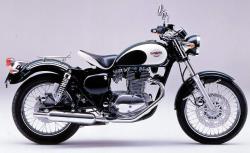Want to own a retro styled SUV that is stylishly cool and would give an off road presentation that would remain parallel with that of innovative Toyota FJ40 Land Cruisers’...
Read more...

dodge dart | show original size
The production of Dodge Dart was started in 1960 in the United States of America and it was later extended to other markets at that time. The first generation of the Dart lasted for 2 years only and both the sedans and coupes of Dart were based on Plymouth platform and had a 118 in (2,997 mm) wheelbase. It became really popular at that time and it was available in 3-speed manual and 3-speed Torqueflite automatic transmission.
The third generation of the Dart was quite successful and had a Slant-6: a 170 cu in (2.8 L), 101 hp (75 kW) version was fitted as standard equipment. Other changes from the second generation included manual transmission and 225 engine, or with 170 engine and either transmission. A 3.55:1 ratio was optional. Stronger door locks and a refined automatic choke were also the changes made in the Dodge Dart. Later on front seats became common for all the models.
| Engine | 2L 4 cyl. |
| Transmission | MANUAL |
| Type | Sedan |
| Perception | - |
Gas mileage
EPA-Rated MPG| Engine | 2L 4 cyl. |
| Transmission | MANUAL |
| Type | Sedan |
| Perception | - |
Gas mileage
EPA-Rated MPG| Engine | 2L 4 cyl. |
| Transmission | MANUAL |
| Type | Sedan |
| Perception | - |
Gas mileage
EPA-Rated MPG
Want to own a retro styled SUV that is stylishly cool and would give an off road presentation that would remain parallel with that of innovative Toyota FJ40 Land Cruisers’...
Read more...

There is a misconception about this bike that people confuse that it is one bike. Actually it is a name of the series of four-stroke V4 Prototype Motorcycles developed by Ducati to compete in the MotoGP World Championship...
Read more...

The Estrella comes as a powerful engine of 249 cc single and is powered by an air-cooled. The engine is equipped with 73mm stroke and with a 66mm bore along with sturdy torque with low-end...
Read more...
alfa romeo
aston martin
audi
bentley
bmw
cadillac
chevrolet
chrysler
citroen
daewoo
daihatsu
dodge
ferrari
fiat
ford
gmc
honda
hyundai
infiniti
jaguar
jeep
kia
lamborghini
land rover
lexus
mazda
mercedes-benz
mitsubishi
nissan
opel
peugeot
porsche
renault
seat
skoda
subaru
suzuki
toyota
volkswagen
volvo